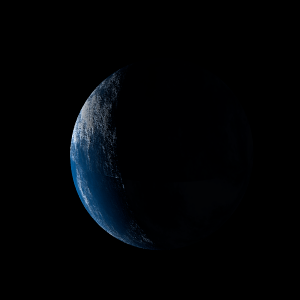|
|
Space Astro
|
Info for exoplanet "Depho Tuscyl"
| Scientific (actual) data |
|---|
| Name | Kepler-1970 b |
| Planet status | Confirmed |
| Mass sini | 2.1 |
| Orbital period | 3.2946 |
| Discovered | 2021 |
| Updated | 2022-09-24 |
| Tperi | 2456430 |
| K | 224.14 |
| Publication | Published in a refereed paper |
| Detection type | Other |
| Mass measurement type | Radial Velocity |
| Alternate names | KIC 8121913 b |
| Star name | Kepler-1970 |
| Right ascension | 298.97° |
| Declination | 43.91° |
| Star metallicity | 0.252 |
| Star mass | 1.456 |
| Star radius | 2.233 |
| Star temperature | 5975.3 |
| Star alternate names | KIC 8121913 |
| Wikipedia article | Kepler-1970 b |
Back
| |
| Fictional info (?) |
|---|
| Suggested name | Depho Tuscyl |
| Planet type | Cold planet |
| Having almost no atmosphere to retain heat, it has surface temperatures that vary diurnally more than on any other planet in its solar system, ranging from 140°K (-133°C) at night to 945°K (672°C) during the day across the equatorial regions. The polar regions are constantly below 189°K (-84°C).
The volume of water detected has been estimated to be equivalent to the volume of water in Earth's oceans. |
| Atmosphere | Hydrogen chloride | 51% |
| Carbon dioxide | 48% |
| Carbonyl sulfide | 0.33% |
| Atmospheric pressure | 2 bar |
 |
| No known satellites |
| Google search for Depho tuscyl |
|
Website by Joachim Michaelis
|
|
|
|